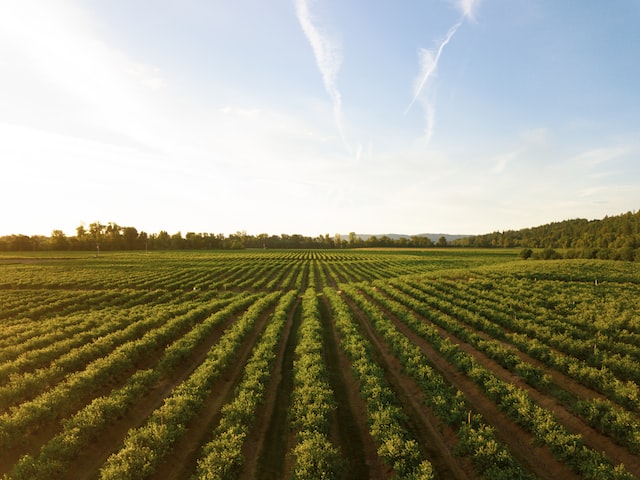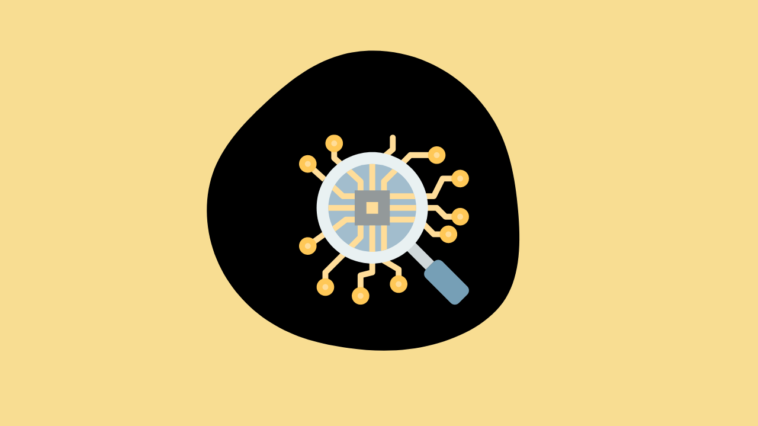AI software refers to computer programs designed to simulate human intelligence and perform tasks that would typically require human intervention. The agriculture sector has been one of the beneficiaries of this technology, as AI software has improved the efficiency and productivity of farming operations. This article aims to explore the benefits, examples, challenges, limitations, and the future of AI software in agriculture.
Benefits of AI software in agriculture
Precision farming is one of the most significant benefits of AI software in agriculture. This technology enables farmers to optimize crop yields and reduce costs through precise monitoring of their farming operations. With precision farming, farmers can detect crop variations in different fields, monitor soil moisture levels, and apply fertilizers and pesticides with precision.
Crop management is another area where AI software has had a significant impact. Early detection of pests and diseases is essential to prevent crop damage and losses. With AI software, farmers can detect pests and diseases early, preventing their spread and reducing the need for chemical treatments. AI software also helps farmers optimize soil analysis, making it possible to identify and manage nutrient deficiencies and reduce the use of fertilizers.
Livestock management has also benefited from AI software. Improved breeding techniques using AI technology have led to healthier, more productive herds. AI-powered health monitoring systems can detect early signs of illness in animals and reduce the use of antibiotics.

Examples of AI software used in agriculture
Drone technology has been instrumental in crop mapping and analysis, enabling farmers to identify crop variations and monitor crop health. Drones are also used for irrigation management, making it possible to water crops with precision and reduce water waste.
Robotics technology is being used in harvesting crops and planting seeds. These machines are equipped with sensors that can detect the size and ripeness of crops, enabling them to harvest crops more efficiently. Planting robots can plant seeds with precision, reducing the use of chemicals and water.
Machine learning algorithms are used in predictive analytics to identify potential crop issues before they occur. Climate monitoring tools use machine learning algorithms to analyze weather patterns, helping farmers make more informed decisions about when to plant and harvest crops.
Challenges and limitations of AI in agriculture
One of the primary challenges of AI software in agriculture is data management and accuracy. AI software relies on vast amounts of data to make decisions, and ensuring data accuracy and integrity is crucial for the technology to be effective.
Infrastructure and connectivity are also significant limitations of AI in agriculture. Many farming communities lack the necessary infrastructure and connectivity required to implement AI technology fully. This makes it challenging for farmers to access and use the latest AI software.
Cost and adoption rate are also significant limitations. AI technology is expensive, and the cost of implementing it can be prohibitive for many farmers. Adoption rates are also low in some areas, with many farmers reluctant to invest in technology they are not familiar with.
Future of AI in agriculture
The future of AI in agriculture looks promising, with predicted advancements in technology expected to further improve efficiency and sustainability. AI technology is expected to enable farmers to increase crop yields and reduce environmental impact. AI software could also play a critical role in ensuring global food security by improving crop productivity and reducing food waste.
Conclusion
AI software is transforming the agriculture sector, improving efficiency, productivity, and sustainability. The benefits of precision farming, crop management, and livestock management are just a few of the ways AI software is being used in agriculture. However, challenges and limitations remain, and it will take time to overcome these hurdles fully. Despite these challenges, the future of AI in agriculture looks promising, with predicted advancements expected to further improve efficiency and sustainability.


